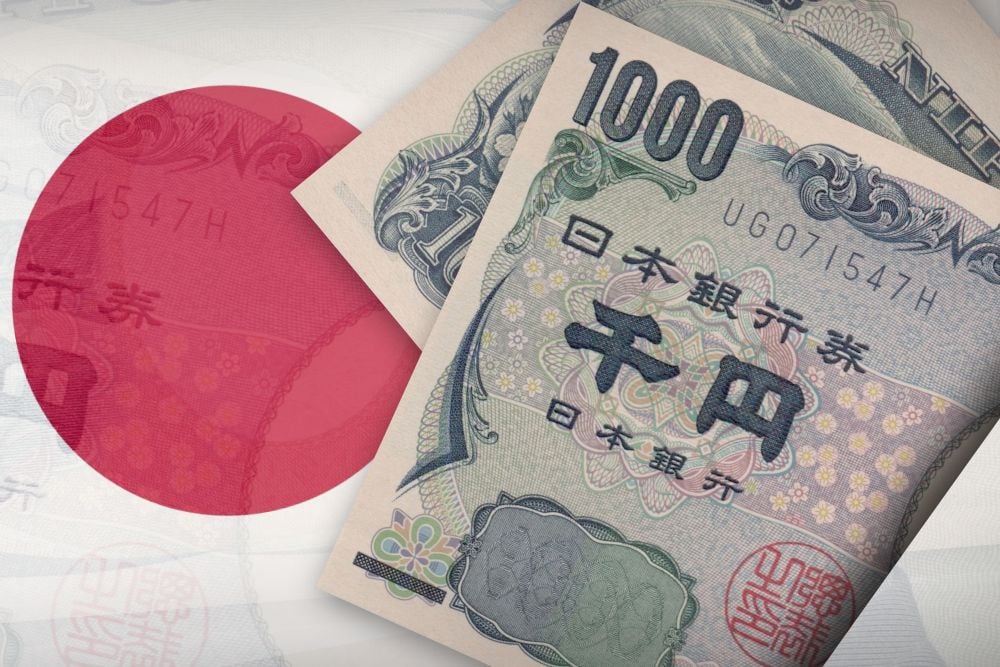
STOCK Connect was introduced five years ago to improve investor access, speed up trading processes, increase the role of overseas capital in China's equity markets, and provide an outlet to Hong Kong markets for investors in China. Against all these criteria, Stock Connect has been very successful indeed.
It covers 83% of the combined market cap of the Shanghai, Shenzhen and Hong Kong Stock Exchanges, includes 1,800 companies listed on the three exchanges, and handled an average daily trading volume of HK$64.6 billion in Q2 2019, compared with HK$7.8 billion in Q1 2015.
The flow of overseas investors' capital into China A-shares [Northbound Stock Connect trading] has increased steadily since Stock Connect was first launched on November 17 2014 and total turnover reached 16.5 trillion yuan by end of August 2019.
Southbound Stock Connect trading, meaning trading by mainland China-based investors on the Hong Kong Stock Exchange via Stock Connect, has also grown and total turnover came to HK$8.52 trillion by the end of August 2019.
However, total net inflows into China A-shares haven't been on a steady upward trend since inception. In the first two years of Stock Connect, foreign investors' net purchases hovered around the 100-billion-yuan mark. But that all changed in 2017 - from the start of the year, the net amounts invested in China A-shares via Stock Connect accelerated, and we believe that's because of two key factors.
Firstly, Shenzhen-Hong Kong Stock Connect started in December 2016 and opened up a larger universe for foreign investors. Secondly, MSCI announced in June 2017 that it would include A-shares in its benchmarks. That announcement triggered an increase in A-share buying that still continues, particularly as MSCI followed up in early 2019 by announcing it would accelerate the A-share inclusion process.
Baijiu companies Kweichou Moutai and Wuliangye Yibin are the top two China A-share listed companies measured by total buy volume on the Stock Connect northbound over the past year, attracting 148.1 billion yuan and 92.4 billion yuan, respectively, from overseas investors between September 2018 and the end of August 2019.
Stock Connect changed A-share investing for overseas investors because programmes like QFII and RQFII gave access to A-share markets but approval periods were lengthy, trading processes were time consuming, and execution could be restrictive, all of which were challenging for active investors like ourselves. QFII trading also came with capital control restrictions which applied lock-up periods and repatriation limits, which meant we would go through periods where we were out of the market, which obviously wasn't ideal for us.
So, Stock Connect was introduced to remove the lengthy approval processes for trading, but it took time for investors to adjust to the new system and build confidence in it, partly because the initial trading models were not as efficient as it is now. One big change was the introduction of special segregated accounts (SPSA) in 2015, which brought Stock Connect closer into line with other trading systems used both in Asia and globally. As trading volumes have grown, regulators have expanded trading quotas too to boost trading and inflows.
Stock Connect has also indirectly improved corporate governance, driven the adoption of ESG standards/reporting, shifted investor behaviours, and brought about the inclusion of China A-shares in global stock indexes, like MSCI and FTSE Russell.
Big picture issues aside, operational improvements to Stock Connect can still be made. SPSA, though a huge improvement, still requires pre-checking. Removing that would simplify trading processes further. Also, closer alignment of trading days would be better because Shanghai, Shenzhen and Hong Kong exchanges don't always trade at the same time. Finally, Stock Connect doesn't cover IPOs and, at time of writing, it also doesn't cover the newly launched STAR market. There are moves to include these, but as of yet we are not clear on the timeline.
We feel that Stock Connect means the old way of China equity investing no longer applies and that investors should consider an All China approach. In the past, China equity investors used to allocate either to onshore or offshore markets. Now, these distinctions don't really apply anymore. Stock Connect means investors can now freely combine the best China equity opportunities wherever they are listed into one optimal portfolio. This approach, which we call All China equity investing, is one which we think investors should be following now because, in time, it will be the way of the future.
Bin Shi is head of China Equities at UBS Asset Management









